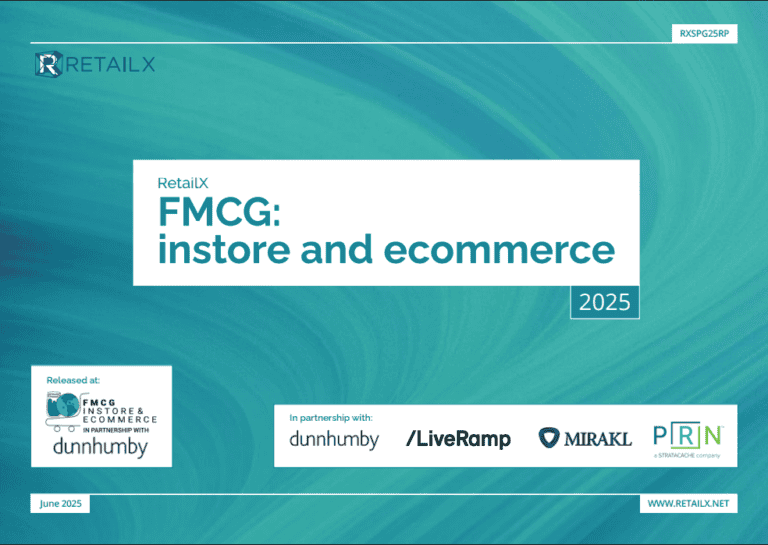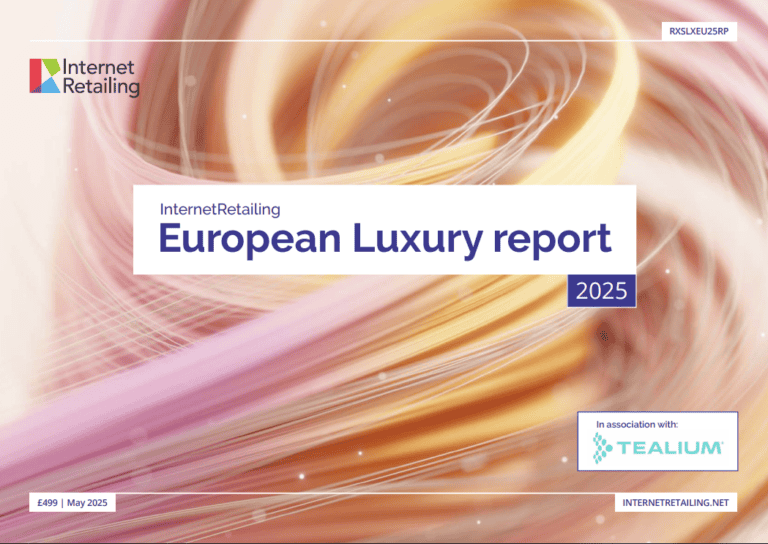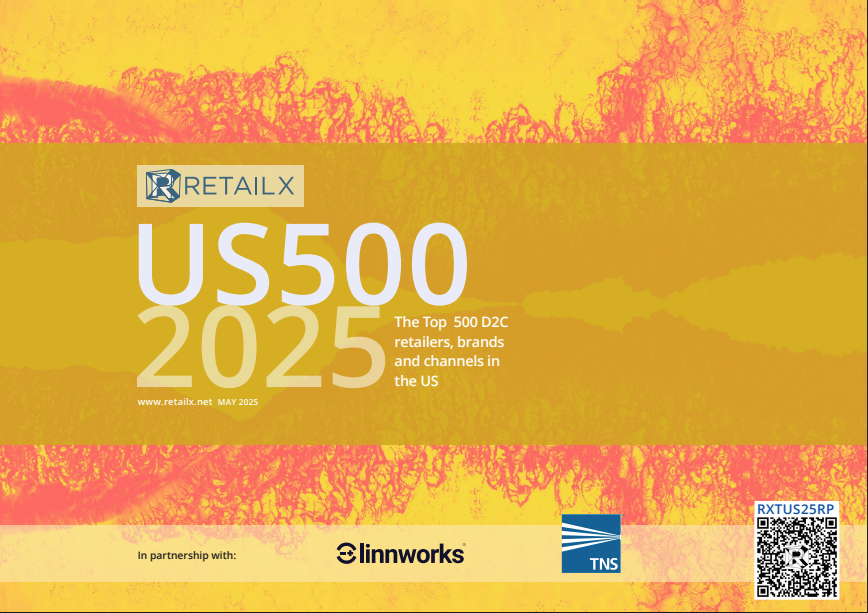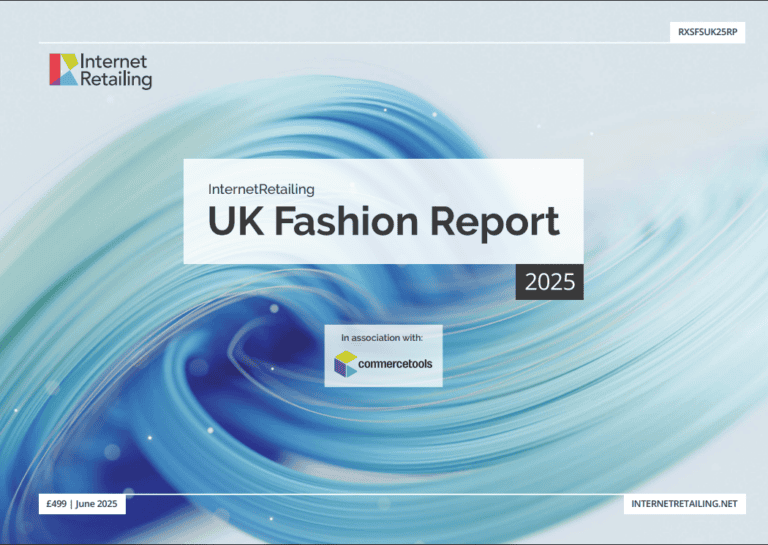The value of physical and digital goods that people buy with their mobiles could reach $200 billion globally by 2012, compared to just less than $100 billion this year, according to a new forecast by Juniper Research.
The new study on Mobile Payments for Digital and Physical Goods found that the availability of secure, easy-to-use, payment applications and the growing realisation amongst users that they can make e-commerce purchases by mobile will drive the market for both digital commodities such as entertainment and tickets and physical goods including groceries, clothes, gifts and books.
.
Report author Howard Wilcox gave more details: “Our research showed that the purchase experience has been enhanced by improved mobile commerce transaction processes due to faster mobile networks, more powerful devices and much more user friendly Smartphone apps. Amazon Payments for example has recently introduced payment-processing tools for mobile devices, enabling Smartphone users to buy with one click.”
However, the Juniper report also underlined that retailers and merchants need to communicate the cost of transactions clearly so that people are not discouraged from buying by mobile.
The study also concludes – perhaps unsurprisingly – that the frequency of physical goods purchased will be higher than average in developed regions such as North America and Western Europe.
It further points out that brands, retailers and merchants have a significant opportunity to increase their revenues through highly targeted marketing campaigns, using apps and mobile web payments as a convenience play for users.
The move comes as the banking industry and the mobile industry – through their joint working group The Mobey Forum – have set out a set of global guidelines to police the running of remote money transfer services (that’s mobile payments and mobile banking to the rest of us).
Snappily titled ‘Mobile Remote Payments General Guidelines for Ecosystems’, Mobey’s white paper focuses on payments where two parties are able to send and receive or exchange funds using the mobile channel, irrespective of where they are located. For example, person-to-person mobile money transfer or payment to merchant, where the mobile device does not need to be in close proximity to a point-of-sale terminal (that’s mobile payments to you and me – have I already said that?).
With contributions from a multitude of players that represent the entire ecosystem, the white paper highlights three key findings:
• The important role of the mobile phone number – known as the mobile identifier (MID) – as a proxy for bank account details. Using the MID enables a payer to initiate a fund transfer using the payee’s phone number and without the need to know their bank account or card details, ensuring customer convenience and confidentiality.
• The specific requirements vary for individual markets; what might be an efficient solution for one market might not be acceptable for another. Implementers will need to consider many factors when selecting the operating model to deploy.
• Roadmap to mass-market interoperability is key to drive adoption. The white paper suggests that financial institutions should start with today’s infrastructure and rules, and gradually evolve towards direct interoperability through standardisation and small system changes.
Ron van Wezel, Chairman of Mobey Forum and Director of Emerging Payment Streams at Deutsche Bank, says: “Mobey Forum has been at the forefront of mobile financial services for ten years. Now that the market is starting to adopt mobile payments we believe that the time is right to provide industry guidelines to assist payment providers in deciding how to access the mobile remote payments market effectively. This will help to promote an open infrastructure, which in turn will avoid market fragmentation and improve interoperability for the benefit of the consumer.”
The white paper, created by Mobey Forum after an extensive period of consultation, provides insight regarding the mobile remote payments ecosystem’s components, its stakeholders and their roles initiating, processing and completing a mobile remote payment. Commercially viable operating models required to facilitate a sustainable industry approach, and a comprehensive gap analysis that highlights how existing payment instruments can be leveraged to maximise return on legacy technology investments, are also discussed in detail.
To conclude, the document summarises core processes that will need to be developed or enhanced by providers of remote payment services, such as registration and set-up, sending and requesting payments and customer support.
Liisa Kanniainen, Executive Director of Mobey Forum, adds: “Stakeholders within this ecosystem want to bring mobile remote payments to market quickly and effectively by releasing the full potential of their existing payment infrastructures and standard payment instruments, such as credit transfers between bank accounts and card payments. This paper offers the first real insight into how this can be achieved in a sustainable and scalable approach that will result in the delivery of convenient payment services that today’s mobile customer expects.”








